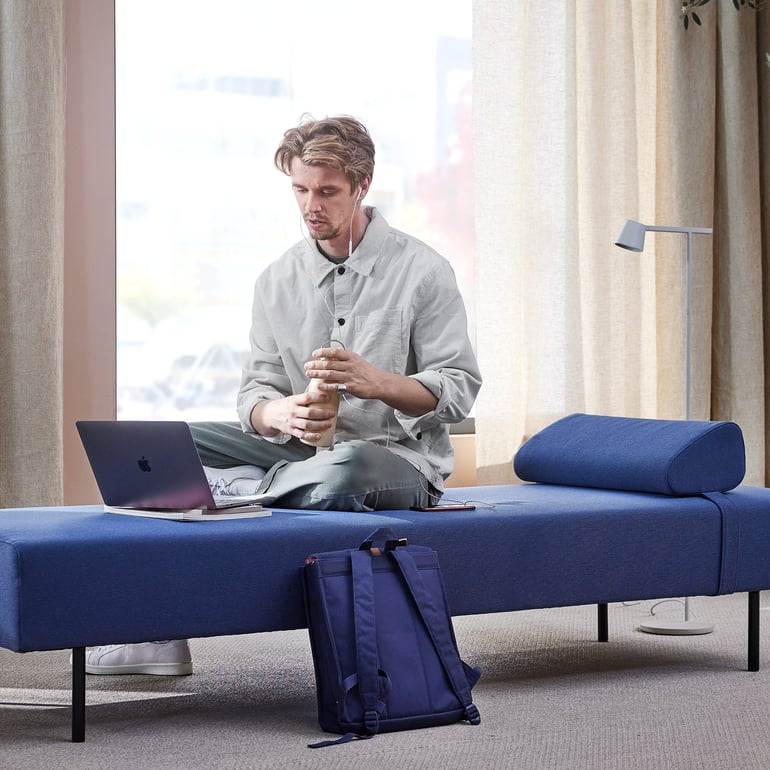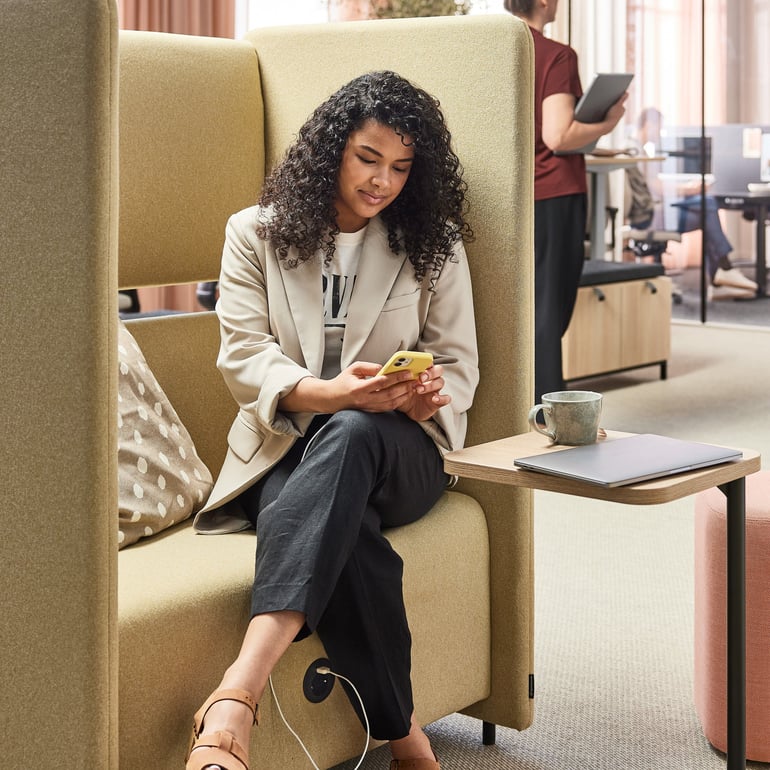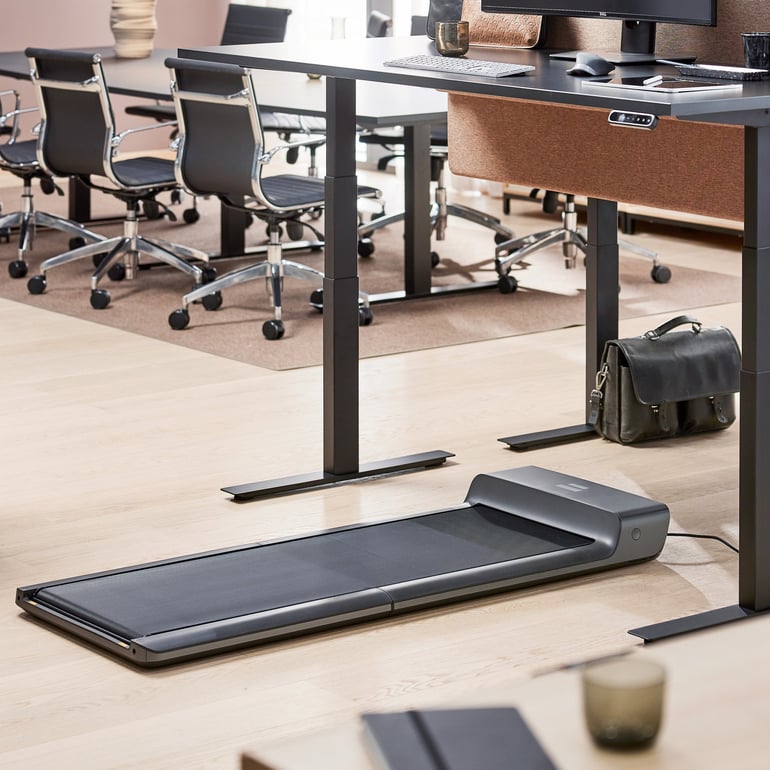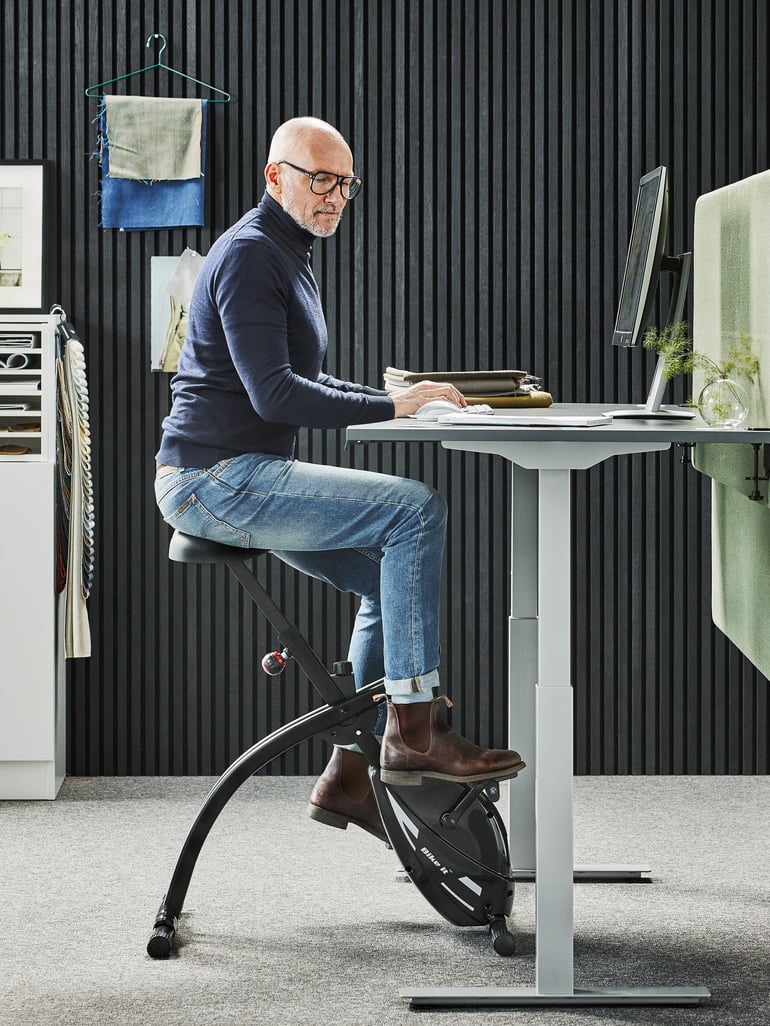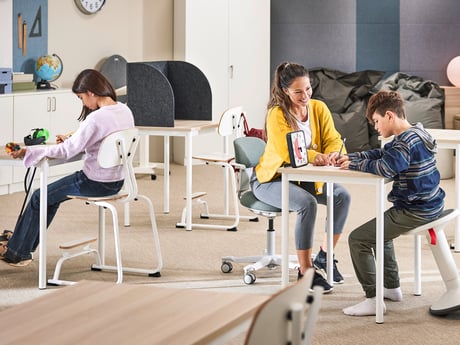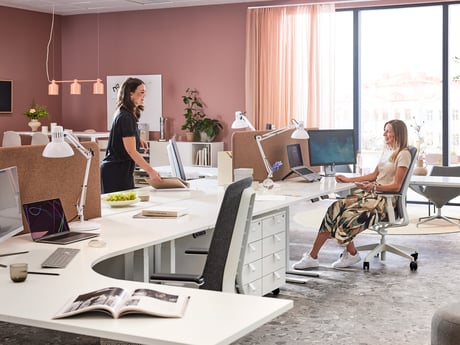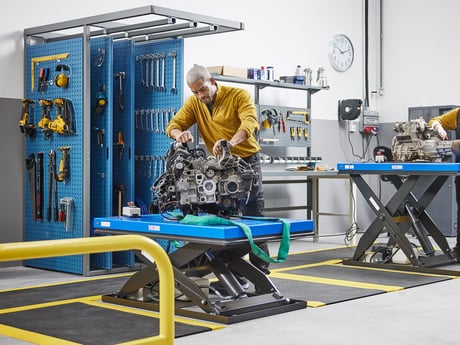- AJ Products UK
- Blog: Tips to Inspire Happiness at Work
- Improving the work environment
- Creating a Neurodiverse-Friendly Workplace: A Win for Everyone
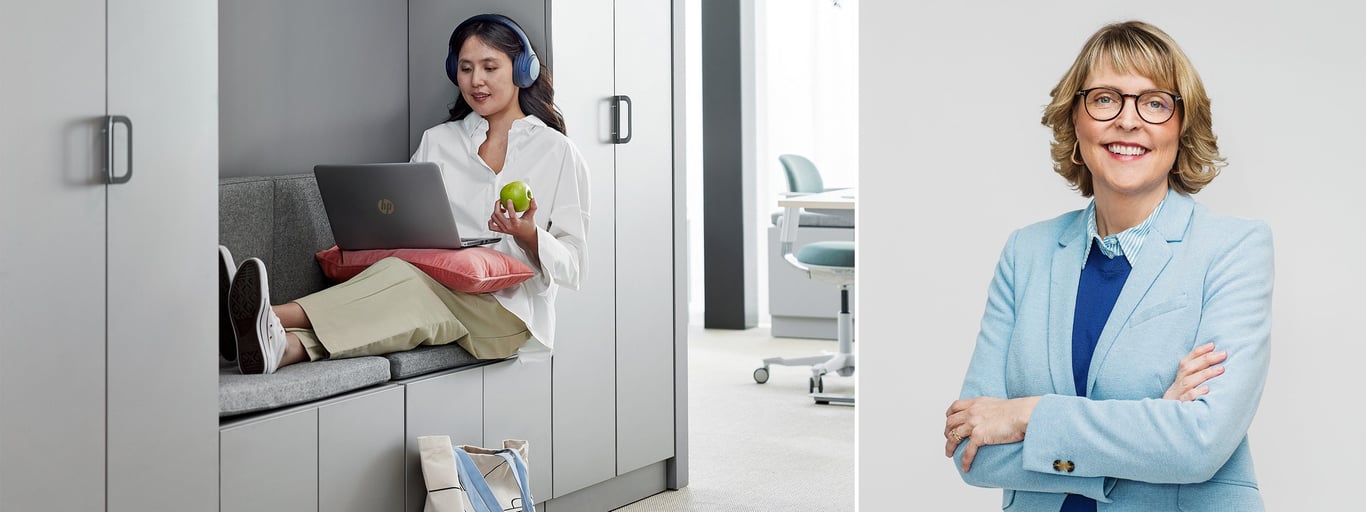
Creating a Neurodiverse-Friendly Workplace: A Win for Everyone
Understanding neurodiversity in the workplace
"It's important to emphasise that neurodiversity has nothing to do with intelligence. It simply means experiencing the world differently - not in a better or worse way," says Jenny Kindgren, behavioral scientist and training manager at Riksförbundet Attention.
Noticing details that others might miss
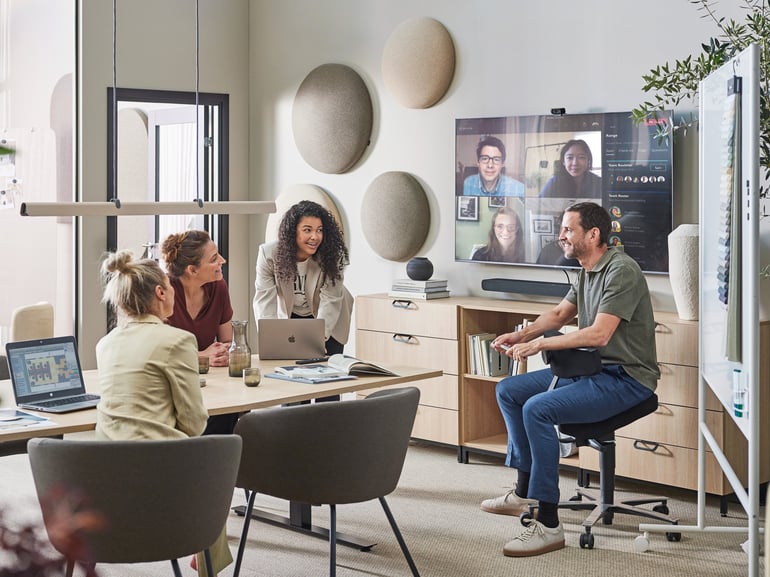
"We’ve made it a priority to deepen our understanding of neurodiversity so we can offer solutions that make working life easier and more inclusive. It’s encouraging to see the growing interest in making workplaces more accessible" says Annika Petersson, Head of Project Sales Office at AJ Products.
Explore Our Neurodiverse-Friendly Products
Why workplaces need to be inclusive

How can we create a neurodiverse-friendly workspace?
“Many neurodivergent individuals find it challenging to filter sensory stimuli and can be particularly sensitive to certain sounds,” explains Jenny Kindgren. “One effective way to support them is by reducing noise in the workplace. This can be done through the use of soundproofing materials, acoustic panels, curtains and upholstered furniture. It’s also important to ensure that desks and workstations have surfaces that minimise noise. Noise-reducing headphones can be a useful addition as well.”

The benefits of neurodiverse adaptations for all employees
Tips to Make Your Workplace More Neurodivergent-Friendly
- Soundproofing: Reduce disruptive noise by installing acoustic panels and furnishing with sound-absorbing materials such as upholstered seating, carpets and curtains.
- Adjustable lighting: Use dimmable lighting and provide individually adjusted light sources to minimise visual overstimulation.
- Separate workspaces: Create quiet focus rooms where employees can work privately without distractions.
- Screens: Install partition walls and desk screens to reduce visual disturbances and support focus, especially in open-plan offices.
- Flexible workspaces: Let employees choose where to work based on their preferences and the nature of their tasks.
- Regular breaks: Encourage short, regular breaks to prevent overstimulation and improve focus.
- Sensory aids: Provide access to sensory tools such as stress balls or fidget items that support focus through self-regulation ("stimming").
- Structured work environment: Maintain clear routines and communicate them in writing to support planning and reduce unexpected changes.
- Active seating: Offer alternatives like balance balls, saddle chairs or desk bikes to promote movement and reduce restlessness during desk work.
- Training and awareness: Educate all staff on neurodivergence and the importance of inclusion and reasonable adjustments.
FAQ
Conditions that fall under the umbrella of neurodiversity include ADHD, ADD, autism spectrum disorder (ASD), Tourette’s syndrome, obsessive-compulsive disorder (OCD), as well as speech and language differences such as dyslexia and dyscalculia. It’s also common for individuals to have more than one diagnosis at the same time, a phenomenon known as co-occurrence.
Neurodivergent individuals may face challenges such as difficulties with impulse control, time perception, concentration, social interaction, motor skills, and memory. However, many also possess valuable strengths, including creativity, hyperfocus, attention to detail, strong analytical thinking, effective communication skills, and advanced problem-solving abilities.
Stimming, short for self-stimulating behaviour, refers to repetitive movements or actions that are common among neurodivergent individuals, particularly those with autism. Examples include spinning objects, repeating sounds, or tapping fingers. Stimming often helps with sensory regulation, aids concentration, or serves as a way to calm down in stressful situations.
Adapted work refers to adjusting job roles or the working environment to meet the needs of individuals with disabilities: whether physical, cognitive or neurodivergent. The aim is to ensure everyone can work effectively and comfortably, fostering a more inclusive and supportive workplace.
Technology plays a vital role in supporting neurodivergent employees by helping to accommodate their unique needs and improve productivity. Examples include speech-to-text software, which assists those with dyslexia or motor difficulties, and noise-cancelling headphones to reduce sensory overload. Task management apps and digital calendars help with organisation and time management, while communication platforms with clear, written instructions support better understanding. Assistive technologies can be customised to suit individual preferences, creating a more accessible and comfortable working environment.
In the UK, employers have a legal duty under the Equality Act 2010 to make reasonable adjustments for employees with disabilities, which includes many neurodivergent conditions such as autism, ADHD, and dyslexia. This means identifying and removing barriers in the workplace that might disadvantage neurodivergent workers. Adjustments could include flexible working hours, modified tasks, specialised equipment, or changes to the physical workspace. Employers must also ensure that recruitment, training, and promotion practices are fair and inclusive. Failing to meet these responsibilities can lead to discrimination claims and damage to the company’s reputation.
Get help from our workplace experts
We at AJ Products are always available to help you with solutions suited just for your business. Contact us if you have questions on the choice of fabric, need some inspiration or want to know the alternatives that would best suit your premises. We can then tell you more about your choices.Get the latest product launches and offers sent direct to your inbox
Do you want to receive exclusive offers, information about new products and inspiration on how you can improve your workplace? Sign up for our free newsletter and be the first to receive our best offers.*By clicking subscribe, I confirm that I have read the privacy policy.
